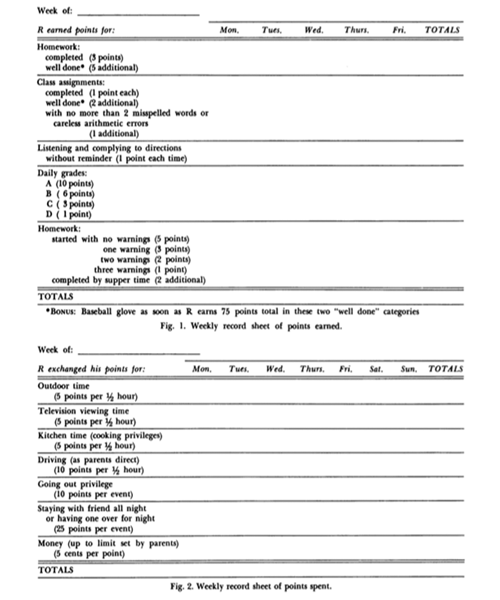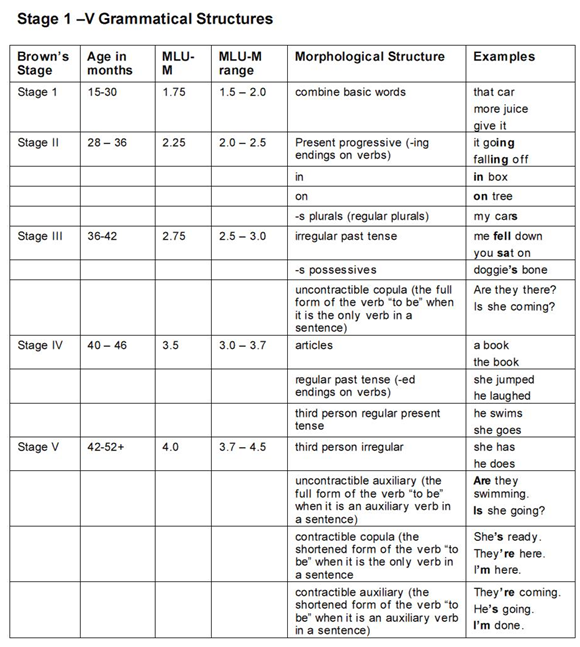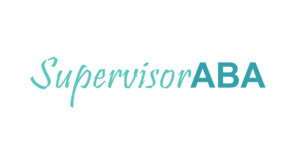In the next few weeks I will be writing about ethics in the field of applied behavior analysis. This is the first part in a multi-part series.
Sometimes behavior analysts get a bad rap because we are so focused on the data. Somehow, there is a perception that writing down the numbers and graphing the information is “cold” or “unfeeling” towards the client. Over the course of my career, I’ve had more than one person say to me that I was more fun or more playful than they expected me to be as a behavior analyst. I’m not exactly sure where these misperceptions started, but today I want to get to the root of them.
As a BCBA, I am bound by the Professional and Ethical Compliance Code for Behavior Analysts. Within this code, it clearly states “Clients have a right to effective treatment.” This is something I take to heart every day in my work. And it’s the primary reason that I have my clipboard and am taking data. I want to ensure that the treatment I am introducing is actually effective. My data is what shows me when something is clearly not working, and allows me to be efficient with making changes the best benefit my client.
Clear, objective data allows me to be responsive to data and provide information in a responsible manner. Here are a few things to consider:
• When I graph data daily and look at that information, it’s very easy for me to see if a client’s performance has plateaued, is improving, or is actually getting worse. I can make adjustments based on the trend in the data.
• When all practitioners working with the client graph daily, I might (as the supervisor) see that the client is not performing as well with one practitioner. This might indicate that more training needs to occur. Or, I might see that one practitioner is getting far better results than the others. This might indicate that the practitioner is not recording data correctly or is doing something as part of the intervention that everyone should be doing.
• Data should be collected daily and the teaching programs should be clearly outlined. This way, if for some reason a practitioner abruptly stops working with the client or if the client moves, it is much easier for future practitioners to pick up where the last ones left off.
• Looking at data daily gives an idea of the individual client’s general trends in mastering new skills. For instance, last year I had a client who generally mastered new skills within one week, and his trend in the data was very consistent across all types of skills. So if we introduced a new program and he wasn’t mastering it for three weeks, it was an indication that we needed to re-evaluate what we were teaching or how we were teaching it. Being well-versed in your individual client’s learning patterns allows you to more clearly make individualized decisions!
We’d love to hear from you. What outcomes have you discovered in the relationship between being responsive to data and providing effective treatment for your clients?
WRITTEN BY SAM BLANCO, PhD, LBA, BCBA
Sam is an ABA provider for students ages 3-15 in NYC. Working in education for twelve years with students with Autism Spectrum Disorders and other developmental delays, Sam utilizes strategies for achieving a multitude of academic, behavior, and social goals. She is also an assistant professor in the ABA program at The Sage Colleges.


 From
From  Though I typically work with elementary-aged children, I’m consistently thinking about what skills the child needs in order to be independent and ready to transition out of the school setting as an adult. Sometimes, it may seem that it is too early to be thinking about adulthood when the child is only 8 or 9, but there are things we can, and should, be doing to prepare our students from an early age.
Though I typically work with elementary-aged children, I’m consistently thinking about what skills the child needs in order to be independent and ready to transition out of the school setting as an adult. Sometimes, it may seem that it is too early to be thinking about adulthood when the child is only 8 or 9, but there are things we can, and should, be doing to prepare our students from an early age.